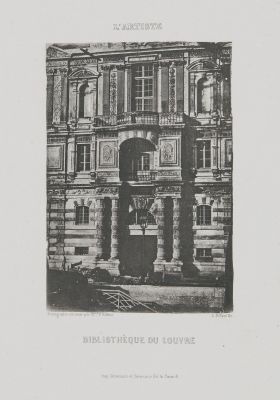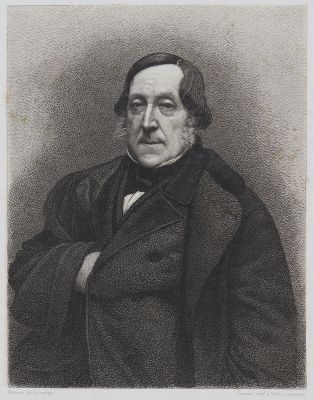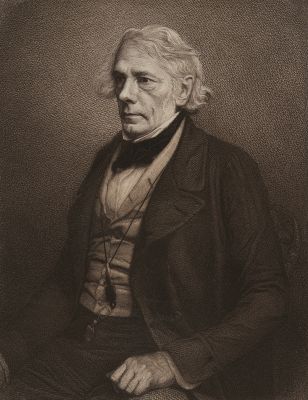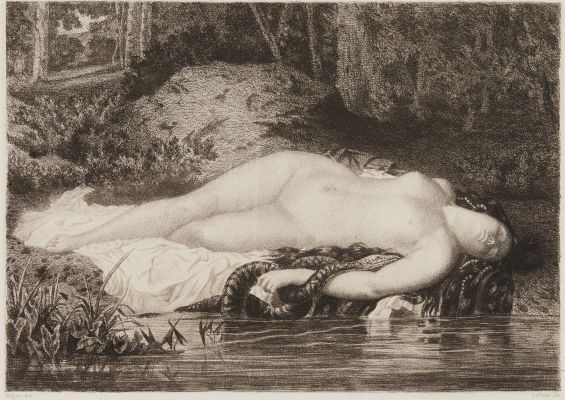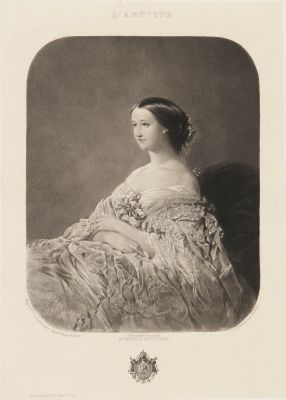
Title
TroyonArtist
Carjat, Etienne (French, 1828-1906)Publication
L'ArtisteDate
1860sProcess
Lithograph (from photograph)Image Size
15 x 18.8 cm
L’Artiste was a weekly illustrated review published in Paris from 1831 to 1904. It touted itself as …the richest single source of contemporary commentary on artists, exhibitions and trends from the Romantic era to the end of the nineteenth century. With the mission of unifying the arts, it represented a direct testimony of the Parisian artistic evolution.
French novelist and poet Arsène Houssaye purchased L’Artist in 1843. In 1856, Édouard Houssaye, Arsène’s brother, along with co-editor Xavier Aubryet evolved the magazine into a “museum of engraving.” In the July 6, 1856 the co-editors declared a new emphasis on the journal’s engravings …the engravings that accompany the text will be especially the object of our care. The goal was a level of quality that will allow the entire public to enjoy what seems destined only for the privileged, because engraving does for the picture what the printing press does for the book; make known the successive riches of museums and private collections, in France and abroad.
This portrait is one of several large engravings that appeared in the L’Artiste in late 1850s and early 1860s. They were most skillfully made after photographs by the leading Parisian portrait photographers of the day, primarily Nadar (Gaspard-Félix Tournachon) and Étienne Carjat.
Constant Troyon (1810 – 1865) was a French painter of the Barbizon school. In the early part of his career he painted mostly landscapes. It was only comparatively late in life that Troyon found his métier as a painter of animals, and achieved international recognition
